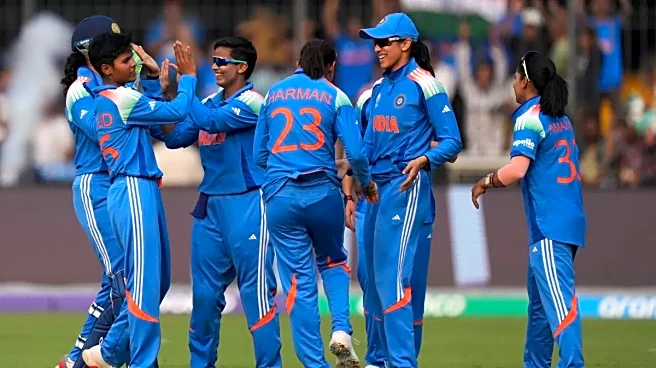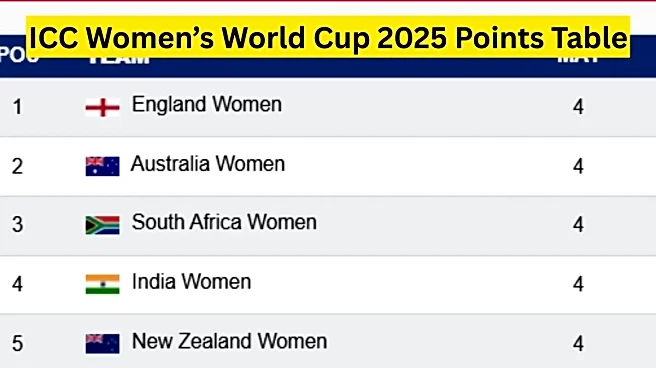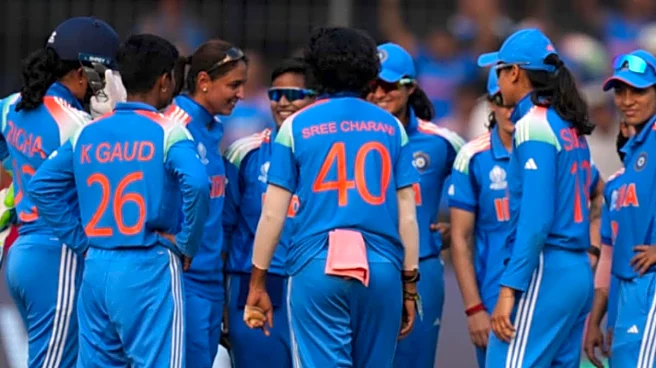What is the story about?

If
there were ever a royal couple who could give today’s influencers a serious run for their money, it would be Maharaja Yashwant Rao Holkar II and Maharani Sanyogita Bai of Indore. Well before hashtags and luxury fashion partnerships dominated Instagram, this remarkable pair was influencing trends throughout Europe and India during the 1920s and '30s. Their romance was not merely royal—it was groundbreaking. Imagine couture dresses from Parisian designers, portraits by iconic artists such as Man Ray, and a palace so contemporary it could compete with any designer residence today.
The Golden Pair Who Existed Before Their Era
During a time when many Indian royals were recognized for their traditions and magnificence, Yashwant Rao Holkar II and Sanyogita Bai distinguished themselves. He was the youthful Maharaja educated at Oxford who cherished French art and architecture; she, the effortlessly graceful Maharani who captivated everyone from European elite to Hollywood celebrities. Collectively, they represented the essence of the Art Deco period—India’s equivalent to the Great Gatsby way of life. Their rule, frequently called Indore’s golden era, was characterized by not only forward-thinking governance but also an appreciation for contemporary lifestyles. The Maharaja, who ascended the throne in 1926 at just 17, wasn’t your typical ruler. He built roads, established a legislative council, and dreamed of a forward-thinking Indore—while still hosting soirées that would make even the French Riviera jealous.Married Young, Loved Fiercely
Their narrative started when 16-year-old Yashwant wed 10-year-old Sanyogita in 1924—a union arranged by custom that evolved into a true love story as they matured side by side. When they later studied in England, they became the picture of young, cosmopolitan Indian royalty—travelling across Europe, attending operas, and collecting art with enviable taste. In contrast to numerous royal unions of their era, theirs was based on friendship and mutual interest. The Maharaja frequently sought his wife's views on art and architecture, and the couple formed an unbreakable bond in both life and aesthetic appreciation.Style Nobility Before It Became Popular
In terms of style, Maharani Sanyogita Bai was years ahead of her era. Forget simple wardrobes—hers featured designs by Parisian icons such as Vionnet, Schiaparelli, and Lanvin. She cherished French silks, pearls, and striking emerald rings that shone as vividly as her character. Her likenesses, photographed by the innovative artist Man Ray, turned into emblems of India’s international allure. In the meantime, the Maharaja was equally a fashion icon. His flawlessly crafted sack suits and turbaned charisma were respected from London to Bombay. They collaboratively transformed royal fashion and blended Indian heritage with Western style in a way that continues to motivate designers.The Mansion That Redefined Opulence
The Holkars’ contemporary vision was most brilliantly showcased in Manik Bagh Palace—a wonder that resembled a Parisian art gallery rather than an Indian royal abode. Created by German architect Eckart Muthesius, the palace featured bespoke items from Eileen Gray, Le Corbusier, and Pierre Jeanneret. It even featured air-conditioning—a rare luxury in India then—and a vast ballroom brimming with jazz records and the sound of cocktail conversations. Every aspect of Manik Bagh showcased their sophisticated preferences and cultural perspective. It was more than a palace; it was a proclamation—a sign that India’s royalty could be both conventional and pioneering.A Love That Ended Prematurely, Yet Always Remembered
Sadly, in 1937, Maharani Sanyogita Bai's died in Switzerland at the young age of 22 following complications from an operation. The Maharaja was heartbroken. He went on to marry again twice, but neither of those unions could replace the emptiness she created. Usha Raje Holkar, their sole daughter, inherited the legacy.The Enduring Heritage of the Holkars
Even now, almost a hundred years later, the love between Yashwant Rao Holkar II and Sanyogita Bai seems like a film. Their portraits decorate galleries, their fortress is studied by architects, and their narratives continue to motivate fashion creators and history lovers. They were more than mere royals—they embodied India’s initial global citizens, effortlessly merging culture, modernity, and romance.Their legacy reminds us that true style is not determined by wardrobe selections but by the boldness with which you live your life.Do you find this article useful?
/images/ppid_a911dc6a-image-176094803818620082.webp)













